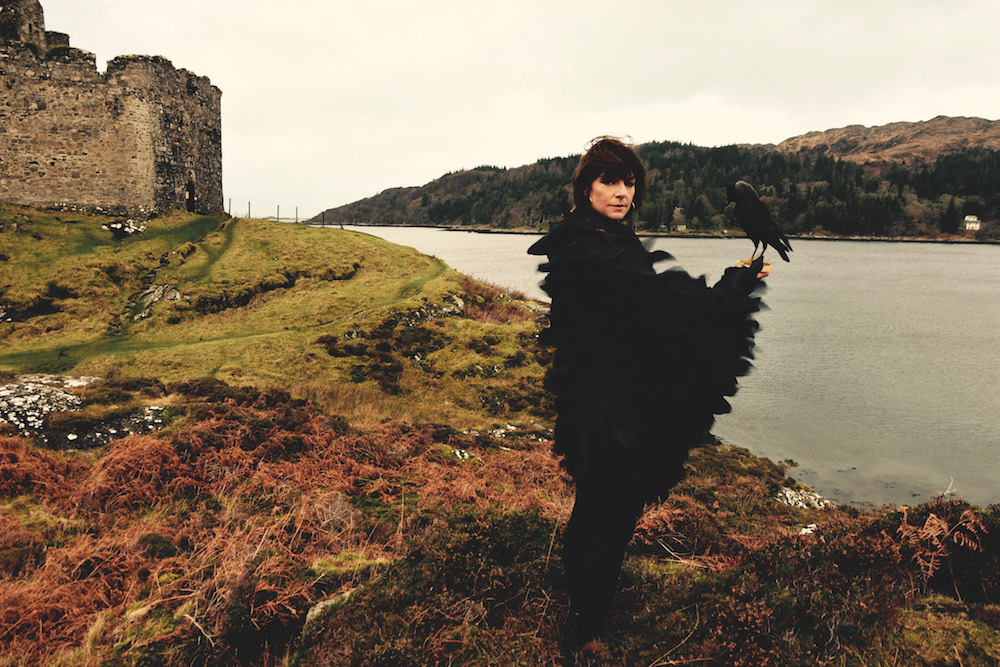We’re long time Tatty Devine fans and have featured their super fun acrylic jewellery in our fashion shoots and on our pages since we launched. But can you believe it? They are celebrating 20 years of their iconically kitsch jewellery. Founders Rosie Wolfenden and Harriet Vine set up a market stall in Spitalfields Market in the nineties! And now they are a force to be reckoned with and have challenged traditional jewellery conventions, we sat down to have a chat with the pair to find out how it all began...
We love what you do. Did you ever dare to believe that Tatty Devine would be what it is today when you set up your market stall 20 years ago? RW: We were ambitious, but to become artists rather than create an accessories brand. We were very much living in the present, enjoying ourselves, excited by what lay ahead of us, rather than deciding what that might be.
What first inspired you to create your iconic jewellery? And what other styles were around at that time? HV: We were inspired by making things to get dressed up in when we went out, we were avid collectors of 'stuff' but were never content with leaving it at home, so we'd wear it out – whether it was a macramé owl or a collection of key rings!
Styles around at the time were very much ’80s throwbacks, the Chloë style aviator glasses and Burberry was pretty hot – I had a bikini and Rosie had a vintage trench, tie and bucket hat!
Do you believe it is important to keep changing and recognising what is going on in the world when creating pieces? RW: Definitely, whatever you create is always a response to the world, whether in a subtle, zeitgeist way or a more overt political one. It can also be quite personal, but we're all affected by what’s going on in the world. Right now we’re working on a campaign for creativity called Make Your Future as craft and making have been affected so much by governmental policy makers in recent years. Can you believe the number of students studying creative subjects has dropped 35% in the last ten years? Yet last year the creative industries contributed over £100 billion to the British economy, more than ever before.
What has been your fave TD piece of all time? HV: It’s usually the one I haven't made yet. . . but the Arched Column Necklace from SS15 is a favourite, the pinkness really reminds me of the work I made at college.
RW: I wear the Parakeet Necklace a lot. I love the way it hangs and the array of different colours it comes in. It consistently gets more attention than anything else I'm wearing!
Tell us more about why you wanted to mark 20 years of Tatty Devine with an exhibition and what can we expect? RW: Curating an exhibition of our work has been an ambition for a long time, if only to try and make sense of what we've done! Twenty years is an in interesting point in time as it's long enough to have witnessed meaningful change both personally and externally. We have witnessed such phenomenal shifts which have both enabled and hindered us as creatives and business owners.
What is your advice for young creatives who would like to launch a business in 2019? HV: Just do it! Start simply, don't feel compelled to have a fully formed and realised business from day one. Don't feel pressurised to come across as a glossy perfect brand. People like a sense of what's real, and it's important you grow with the business.
If you were a piece of jewellery what would you be, and why?
RW: Something red and plastic, like a ’70s bangle.
HV: When I die I want to be compressed into a diamond – so I guess I'd be a piece of diamond jewellery.
Misshapes: The Making of Tatty Devine, at Lethaby Gallery, 1 Granary Square, King's Cross, London N1C 4AA, from 20 July 2019-11 August 2019. Visit craftscouncil.org.uk











![9781409180050[1].jpg](https://images.squarespace-cdn.com/content/v1/56f2a4b54c2f85b03add7b89/1555084254040-WJ5S1DS7GFSDB2I24F6W/9781409180050%5B1%5D.jpg)


























































